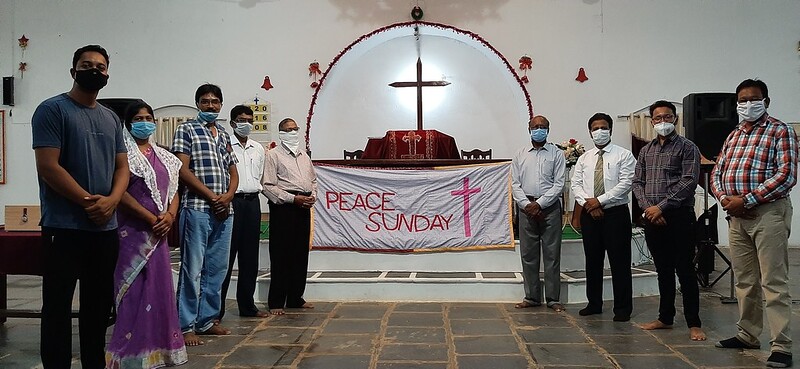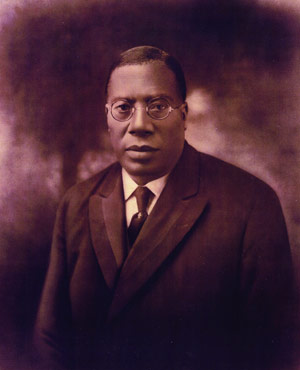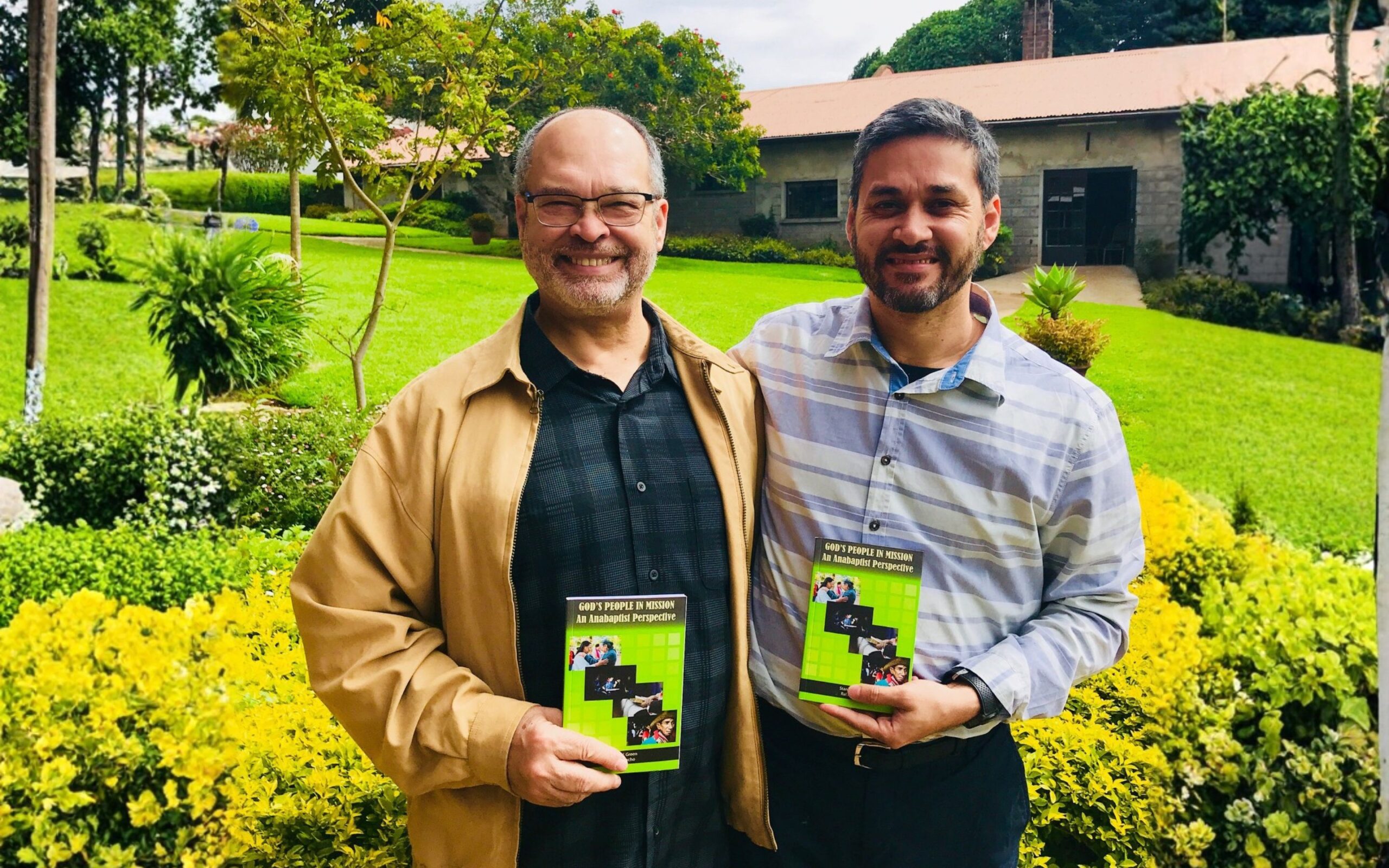-
Peace Sunday 2021 – Prayers
Establish your peace Dear God, In these times of searching for peace and resolution to conflictsEstablish your peace, O Lord! In the midst of corruption, impunity and violence,Establish your peace, O Lord! In the midst of the journey of your Colombia people,Establish your peace, O Lord! In this searching for justice and peace for Colombia,Establish…
-
Peace Sunday 2021 – Liturgies for gathering and benediction
Call to Worship: Turning a cheek Strength is commanding the wind and sea to obey,Strength is wielding a slingshot in the face of a raging giant.Strength is accepting vulnerability from inside the boat,Strength is standing in solidarity with the powerless.Strength is turning a cheek,Strength is loving an enemy.We come to worshipa God who redefines our…
-
Peace Sunday 2021 – Songs
Stand by Me When the storms of life are raging,Stand by me (stand by me); (2x)When the world is tossing meLike a ship upon the sea,Thou who rulest wind and water,Stand by me (stand by me). –Charles Albert Tindley (1851–1933) was a self-taught songwriter and Methodist Episcopal minister. Hymnary.org says: “Tindley was known for being…
-
A sacrificial call to mission
“Transforming our thoughts from entitlement to sacrifice is a timeless challenge we face in Christian maturity,” says D Berg, a long-term worker with Multiply, the Mennonite Brethren mission agency. “Each church should consider the sacrifice they must make to include evangelism as a key (if not central) aspect of their congregation’s commitment to mission both…
-
Peace Sunday 2021 – worship resource
Click below to download Theme: Finding hope and healing in crisis Why this theme was chosen: In these gospel passages, Jesus brings salvation in the midst of crisis. We desire and need this peace, especially after this year! And as followers of Jesus, we follow his example and work to bring peace in the midst…
-
MWC continues pastoral response to COVID-19
In the early days of the COVID-19 pandemic, stories poured in from MWC member churches about job loss and hunger in their congregations and communities due to shut downs. Mennonite World Conference began collecting funds to respond to pandemic-related needs within and through the household of faith. A year into the pandemic, MWC is blessing…


